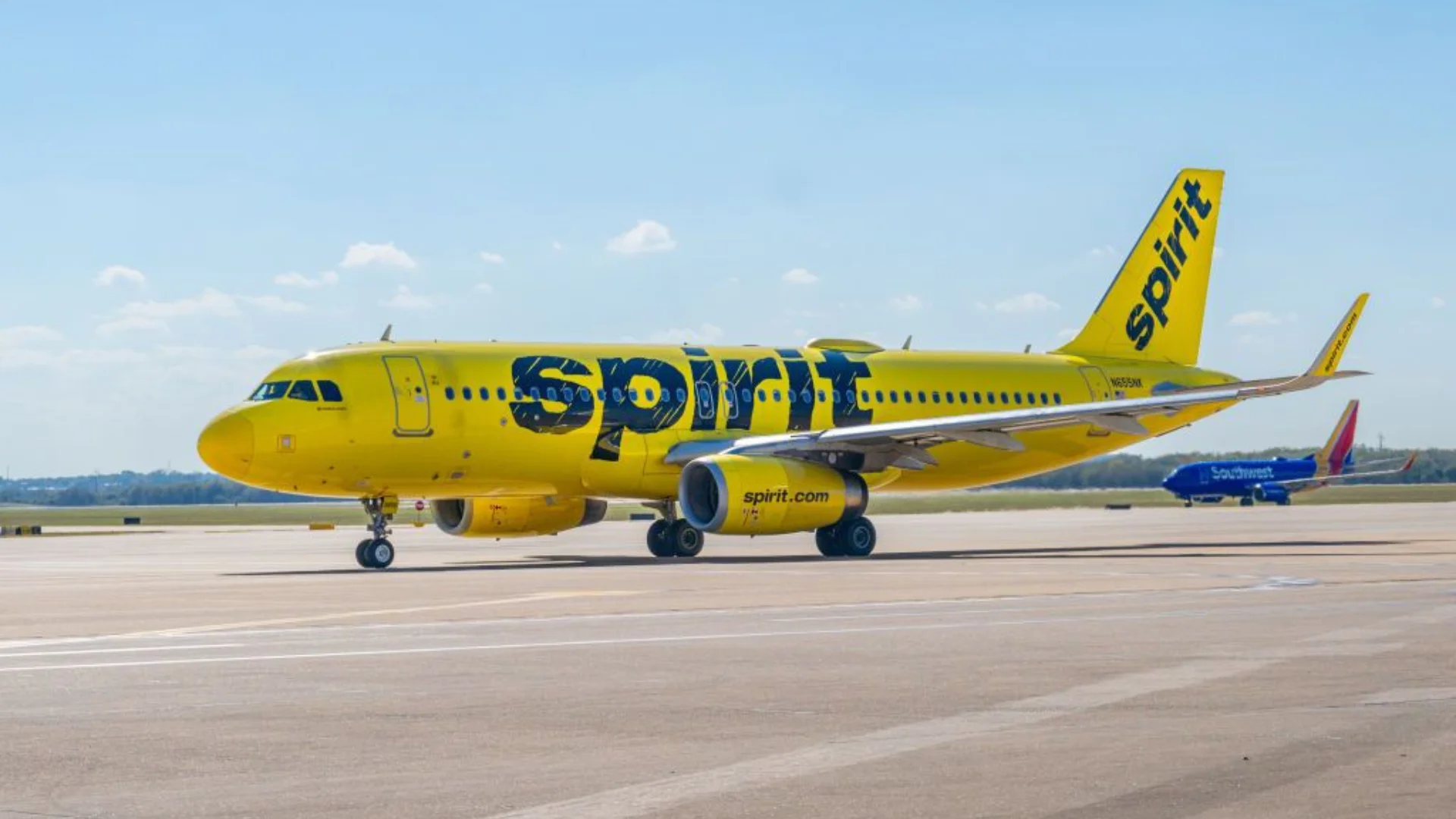“Because of the uncertainty of successfully completing the initiatives to comply with the minimum liquidity covenants and of the outcome of discussions with our stakeholders, management has concluded there is substantial doubt as to our ability to continue as a going concern within 12 months from the date these financial statements are issued.”
Over the past year, Spirit Airlines entered and exited Chapter 11 bankruptcy protection after filing in November last year during debt negotiations. According to AeroTime, Spirit was able to reduce its debts by $795 million before leaving bankruptcy in March 2025.
However, financial instability persisted in subsequent months. Tariffs led Spirit to consider canceling some Airbus orders at a time when grounding aircraft due to Pratt & Whitney engine issues had already affected operations and reduced summer capacity by 26%. As a result, hundreds of pilots were furloughed.
To try and improve its situation, Spirit implemented measures such as network and product enhancements and completed sale-leaseback transactions involving some spare engines. The company also pursued other cost reduction strategies but warned that failure could leave it unable to meet minimum liquidity requirements set by its creditors.
The airline explained reasons behind its struggles: “adverse market conditions, including elevated domestic capacity and continued weak demand for domestic leisure travel in the second quarter of 2025” have contributed “in a challenging pricing environment,” according to CNBC.
Spirit is not alone among U.S.-based airlines facing similar issues; major carriers like American Airlines and Delta Air Lines are reportedly expecting flat profits for this year amid industry-wide uncertainty.
With current performance levels insufficient for creditor agreements, Spirit is seeking additional funds from investors as it tries to stabilize operations over the coming months.
 Alerts Sign-up
Alerts Sign-up




































